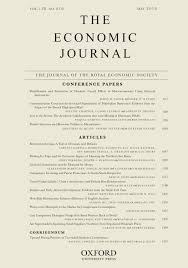
Baillon, A. (2017). Prudence with respect to ambiguity Economic Journal, 127(604):1731--1755.
-
Affiliated authorAurélien Baillon
-
Publication year2017
-
JournalEconomic Journal
Under expected utility, prudence is equivalent to a positive third derivative of utility and plays a crucial role in precautionary saving behaviour. Eeckhoudt and Schlesinger (2006) proposed behavioural definitions of prudence and of higher order risk preferences. The present article proposes a similar definition for prudence with respect to ambiguity, i.e. situations in which objective probabilities are not available. Implications for several ambiguity models are derived. Ambiguity prudence is implied by Hansen and Sargent's (2001) multiplier preferences, empirically correlates with financial behaviour and plays a key role in prevention behaviour.